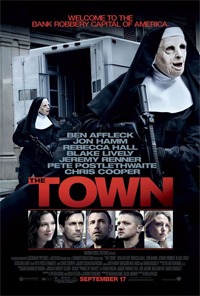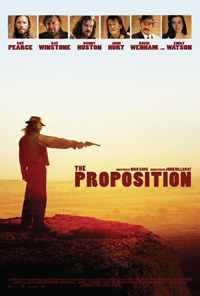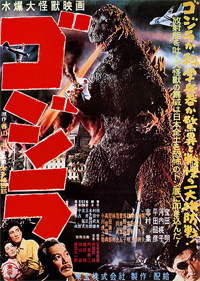
![]()
![]()
![]()
![]()
![]()
Directed by Ben Affleck.
Written by Peter Craig and Ben Affleck & Aaron Stockard.
Starring Ben Affleck, Rebecca Hall, Jon Hamm, Jeremy Renner, Pete Postlethwaite, Chris Cooper, and Blake Lively.
When I saw Gone Baby Gone back in 2007, one late plot twist soured the film for me a bit, I assume that was taken from the book, and I came away exceedingly impressed by the cast and especially its director… Ben Affleck. What could have been a very ham-fisted tale was dealt with with impressive deftness — especially for a first-time feature director and an actor-turned-director, at that.
Actor-directors often lack an eye for visuals, opting instead to plop the camera in front of their actors and let ’em go. They tend to get very good performances, but lack enough visual polish to be more than just serviceable directors, at least for me. George Clooney is a solid director (I love Good Night and Good Luck, in particular), for instance, but visually, his films are somewhat pedestrian.
When The Town was announced, I was both excited to see if Ben Affleck’s fantastic turn behind the camera was just a fluke, and kind of apprehensive about his choice for a lead: himself. Turns out — unlike many actor-directors — Affleck knows well enough to let his co-stars outshine him when they need to, and on the whole The Town was a hell of a lot of fun. While the film isn’t half as heavy and thought-provoking as Gone Baby Gone, it’s not trying to be. The Town is much more of a straight-up crime flick, but once again, it’s impressively well-told.
The plot — which was drawn from the Chuck Hogan novel Prince of Thieves — goes like this: in the course of a bank robbery, the robbers take a hostage (Rebecca Hall). Afraid that she may know something that could send them to jail, the leader of the robbers, Doug (Affleck), begins to spy on her, eventually meeting her and… well, this being the movies, they fall in love. It’s a bit of a stretch, but it’s handled well enough that I got past it easily. Their new relationship established the real stakes of the film — not just their relationship (which is a bit hard to care about), but Doug’s relationship with his partners in crime.
Anchoring the film are three robberies: a bank robbery that opens the film, an armored car robbery, and… one other one that I’ll let you discover on your own. Crucially, Affleck directs these, too, with a surprisingly strong hand. But the characters and their varied collisions are every bit as tense and enthralling as the action, and it’s those scenes that lift the movie up from just another gritty, violent, but ultimately empty crime flick to the kind of movie I’ll gladly revisit again.
Ben Affleck the director is officially, most definitely, not a one hit wonder.
The Town is rated R for violence, language, drug use, and a brief flash of boobies early in the film. Not Blake Lively’s.

 The Proposition
The Proposition Godzilla
Godzilla